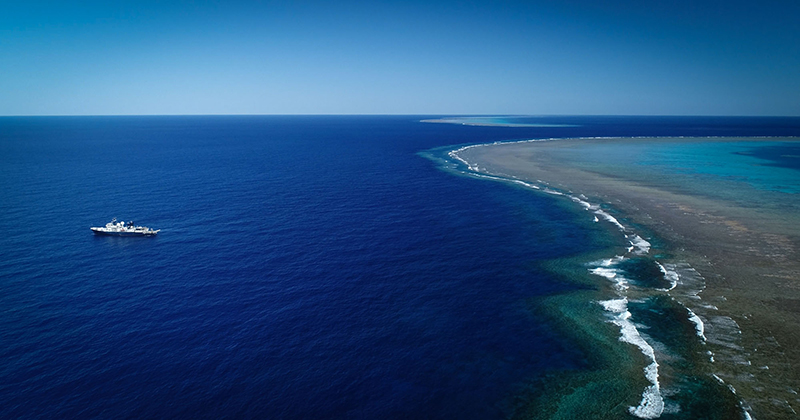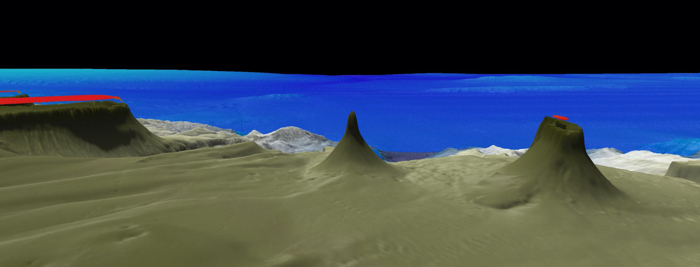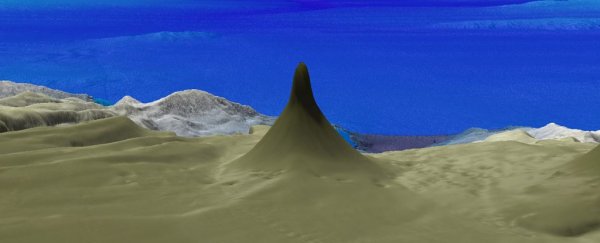Scientists have discovered a new detached coral reef at the northern tip of the Great Barrier Reef – and it stands an impressive 500 metres (1,640 feet) high, taller than the Empire State Building, the Sydney Tower and the Petronas Towers in Malaysia.
It's the first such discovery in the region for 120 years, made by a team from the Schmidt Ocean Institute using underwater mapping technology, and then captured on camera by the SuBastian diving robot. The researchers are currently on a 12-month mission to map the underwater landscape around Australia.
The gigantic reef, separate from the Great Barrier Reef but still fixed to the ocean floor, joins several other tall reefs in the region – including the one at Raine Island, an important habitat and breeding area for green turtles.
 The research vessel Falkor. (Schmidt Ocean Institute)
The research vessel Falkor. (Schmidt Ocean Institute)
"This unexpected discovery affirms that we continue to find unknown structures and new species in our ocean," says Wendy Schmidt, co-founder of the Schmidt Ocean Institute. "The state of our knowledge about what's in the ocean has long been so limited."
"Thanks to new technologies that work as our eyes, ears and hands in the deep ocean, we have the capacity to explore like never before. New oceanscapes are opening to us, revealing the ecosystems and diverse life forms that share the planet with us."
Researchers say the reef is around 1.5 kilometres (almost a mile) wide at its base, and that it rises to within 40 metres (131 feet) of the surface of the water. Initial photography suggests that the natural phenomenon is home to an abundance of sponges, net-like sea fans, and soft corals.
Plenty of reef fish have already been spotted around it too, from small hatchetfish to grey reef sharks. It looks to be a towering cornucopia of life that has so far evaded detection, and it's likely that the reef will take years to study in full.
There's also a four-hour video available if you want to witness SuBastian's travels around the new reef in full.
 (Schmidt Ocean Institute)
(Schmidt Ocean Institute)
The impressiveness of the discovery also comes with a tinge of sadness: we know that these majestic coral reefs, so essential to marine ecosystems, are under increasing threat from climate change. Spikes in sea temperatures are not good for coral, and the new reef will also be susceptible to them.
The Schmidt Ocean Institute mission continues, having already discovered up to 30 unknown species on its travels, including previously unidentified black coral and sponges, and having spotted the longest sea creature recorded on camera – a 45-metre (148-foot) siphonophore. Nothing may end up matching this reef discovery though.
"To find a new half-a-kilometre tall reef in the offshore Cape York area of the well-recognised Great Barrier Reef shows how mysterious the world is just beyond our coastline," says oceanographer Jyotika Virmani, executive director at the Schmidt Ocean Institute.
"This powerful combination of mapping data and underwater imagery will be used to understand this new reef and its role within the incredible Great Barrier Reef World Heritage Area."
